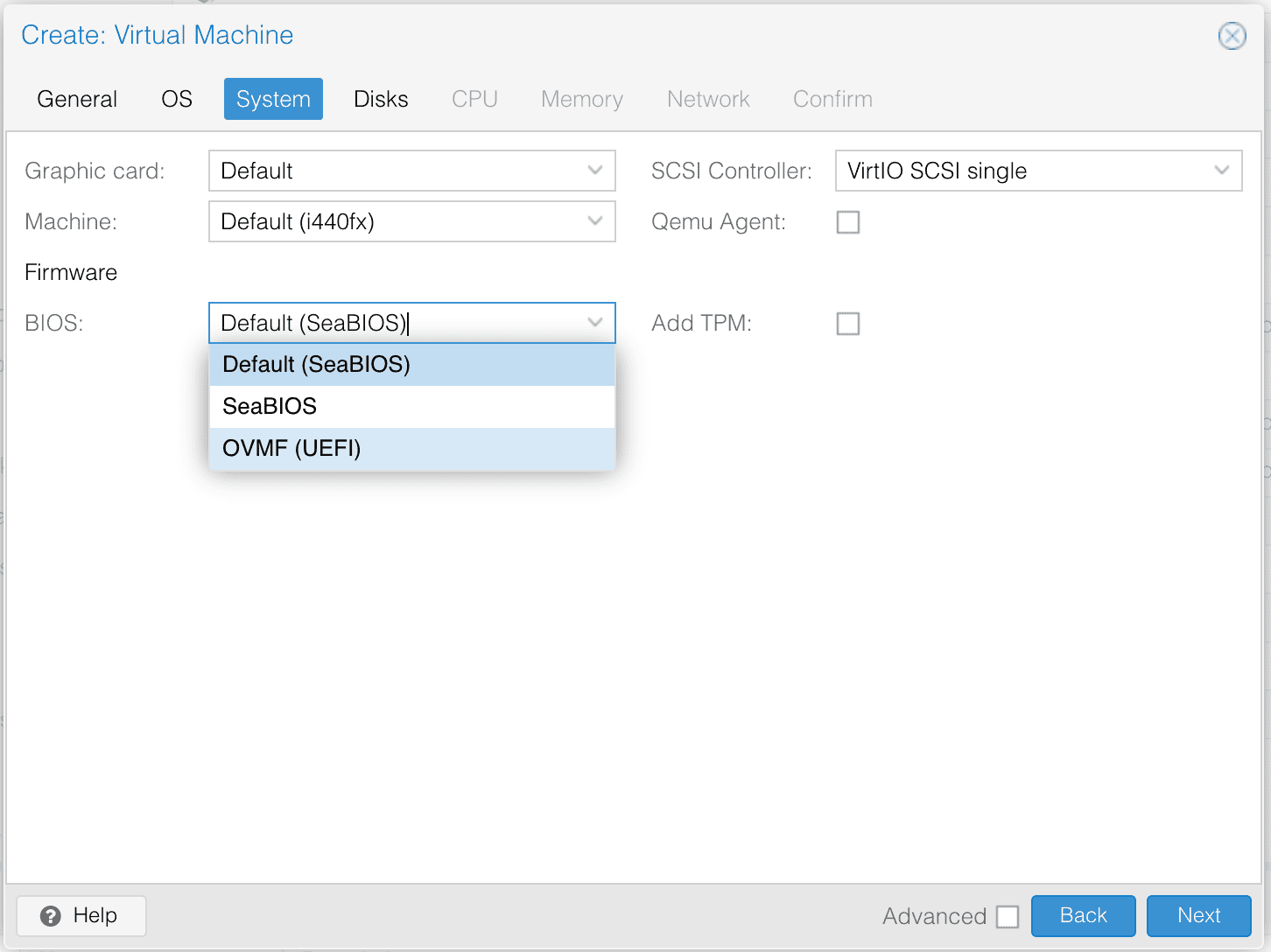Yes, the time has finally come. I finally gave Arch Linux a shot. Took me a while and a few failed installs, but I got there in the end. Guess I couldn’t avoid it forever 😅
Why Arch Linux?
I was looking for a simple yet powerful setup for a NAS, and Arch Linux with Samba just made sense. It does exactly what I need, no extra fluff. Honestly, I got inspired by this very comment I came across, and it really clicked.
Installing Arch Linux
First Things First: SSH Over TTY
Let’s face it, working in TTY is a PITA 🐧. Using your fancy iTerm via SSH sounds much better, right? Follow the Arch Wiki guide to set it up.
Internet Connection
No ethernet at the moment? Let’s connect to Wi-Fi instead via nmcli (NetworkManager CLI):
nmcli d
nmcli r wifi on
nmcli d wifi list
nmcli d wifi connect <SSID> password <password>
Disk Partitioning
Here’s my partition table (no swap partition for me):
| Device | Size | Type | Mount Point |
|---|---|---|---|
| /dev/nvme0n1 | 500GB | NVMe SSD | |
| /dev/nvme0n1p1 | 512MB | EFI | /boot |
| /dev/nvme0n1p2 | 499.5GB | ext4 | / |
| /dev/sda | 2TB | ext4 | /media |
Partitioning with fdisk:
fdisk /dev/nvme0n1
Follow these steps:
gto create a GPT partition table.nto create partitions.+512Mfor the EFI partition.tto set partition types (1 for EFI, 83 for Linux).pto print the partition table.wto write changes.
Disk Formatting
Format the partitions:
mkfs.ext4 /dev/nvme0n1p2
mkfs.vfat -F32 /dev/nvme0n1p1
mkfs.ext4 /dev/sda
Mounting Disks
Mount the partitions:
mount /dev/nvme0n1p2 /mnt
mkdir /mnt/boot
mount /dev/nvme0n1p1 /mnt/boot
Installing the Base System
Install essential packages:
pacstrap -K /mnt base base-devel linux linux-firmware git grub efibootmgr inotify-tools timeshift vim networkmanager pipewire pipewire-alsa pipewire-pulse pipewire-jack wireplumber reflector zsh zsh-completions zsh-autosuggestions openssh man sudo
Generating fstab
genfstab -U /mnt >> /mnt/etc/fstab
Chroot and Configuration
arch-chroot /mnt
ln -sf /usr/share/zoneinfo/Asia/Ho_Chi_Minh /etc/localtime
hwclock --systohc
nano /etc/locale.gen
locale-gen
echo "LANG=en_US.UTF-8" > /etc/locale.conf
echo "arch-nas" > /etc/hostname
Set root and user passwords:
passwd
useradd -mG wheel paul
passwd paul
EDITOR=vim visudo
Uncomment this line in visudo:
# Users in group wheel can run anything on any machine as any user
%wheel ALL=(ALL:ALL) ALL
Installing GRUB
grub-install --target=x86_64-efi --efi-directory=/boot --bootloader-id=GRUB
grub-mkconfig -o /boot/grub/grub.cfg
Final Steps
systemctl enable NetworkManager
exit
umount -R /mnt
reboot
Post-Install
Setting a Static IP
nmcli con mod "Wired connection 1" ipv4.addresses 192.168.1.100/24
nmcli con mod "Wired connection 1" ipv4.gateway 192.168.1.1
nmcli con mod "Wired connection 1" ipv4.dns "8.8.8.8 1.1.1.1"
nmcli con mod "Wired connection 1" ipv4.method manual
nmcli con up "Wired connection 1"
Setting Up NAS with Samba
Install Samba:
pacman -S samba
cp /etc/samba/smb.conf.default /etc/samba/smb.conf
Edit /etc/samba/smb.conf:
[Storage]
path = /mnt/storage
writable = yes
guest ok = no
valid users = youruser
Add a Samba user:
useradd -m youruser
passwd youruser
smbpasswd -a youruser
Mounting NAS on another Node
- Mount in
/etc/fstab. Update the IP address and credentials accordingly:
//192.168.0.112/shared /media/nas cifs credentials=/etc/samba/credentials,iocharset=utf8,uid=1000,gid=1000,file_mode=0770,dir_mode=0770,nofail 0 0
- Create a credentials file:
echo "username=youruser" | sudo tee /etc/samba/credentials
echo "password=yourpassword" | sudo tee -a /etc/samba/credentials
Troubleshooting
Lost Internet After Reboot?
sudo systemctl enable NetworkManager sudo systemctl start NetworkManagerSSH Key Mismatch?
The SSH client’s stored key for the server doesn’t match the server’s current key.
ssh-keygen -R [server_address]Proxmox UEFI Boot Mode
Remember to enable UEFI when creating a VM.

mkfsFailed Due to LVMIf you have a disk that is already used by LVM, you need to remove the LVM first before you can format the disk:
pvs vgdisplay # Note the VG name vgremove <vgname> # Remove volume group pvremove /dev/sdb # Remove the PV metadataNeed to Shutdown from Login Prompt in TTY
Use the shortcut
Ctrl + Alt + Delto shut down from the login prompt in TTY. See more details here.
Conclusion
Installing Arch Linux isn’t as terrifying as it seems, especially with AI to guide you. While I’ll stick to my Mac for work, Arch Linux is now my go-to for personal NAS adventures. Whaterver, I’m finally saying it:
I use Arch, BTW. 😉